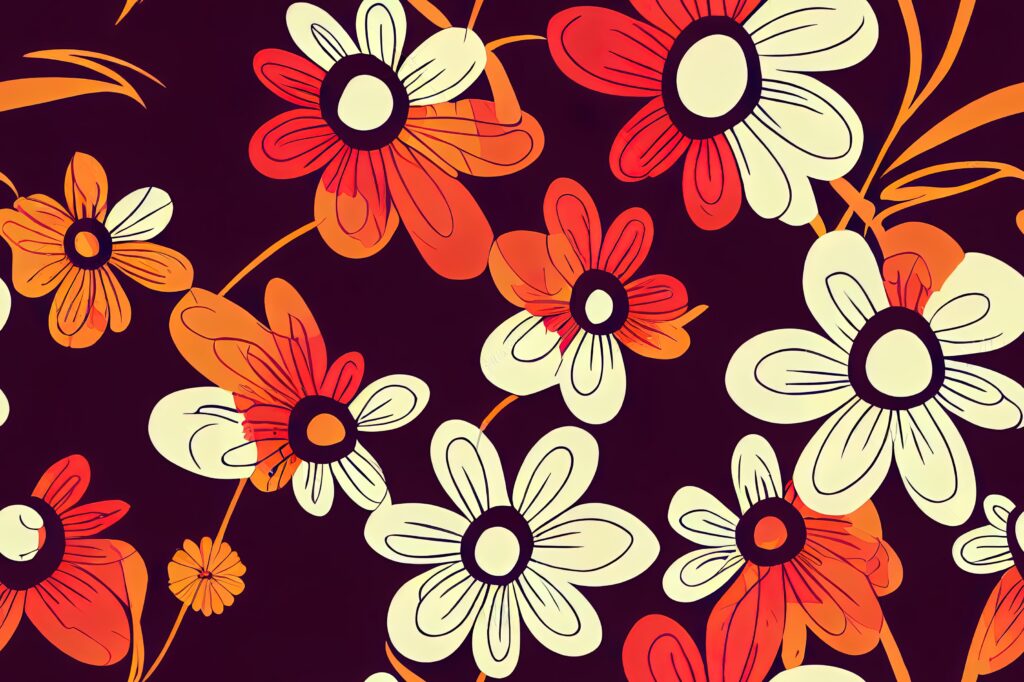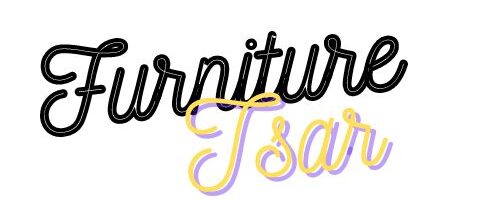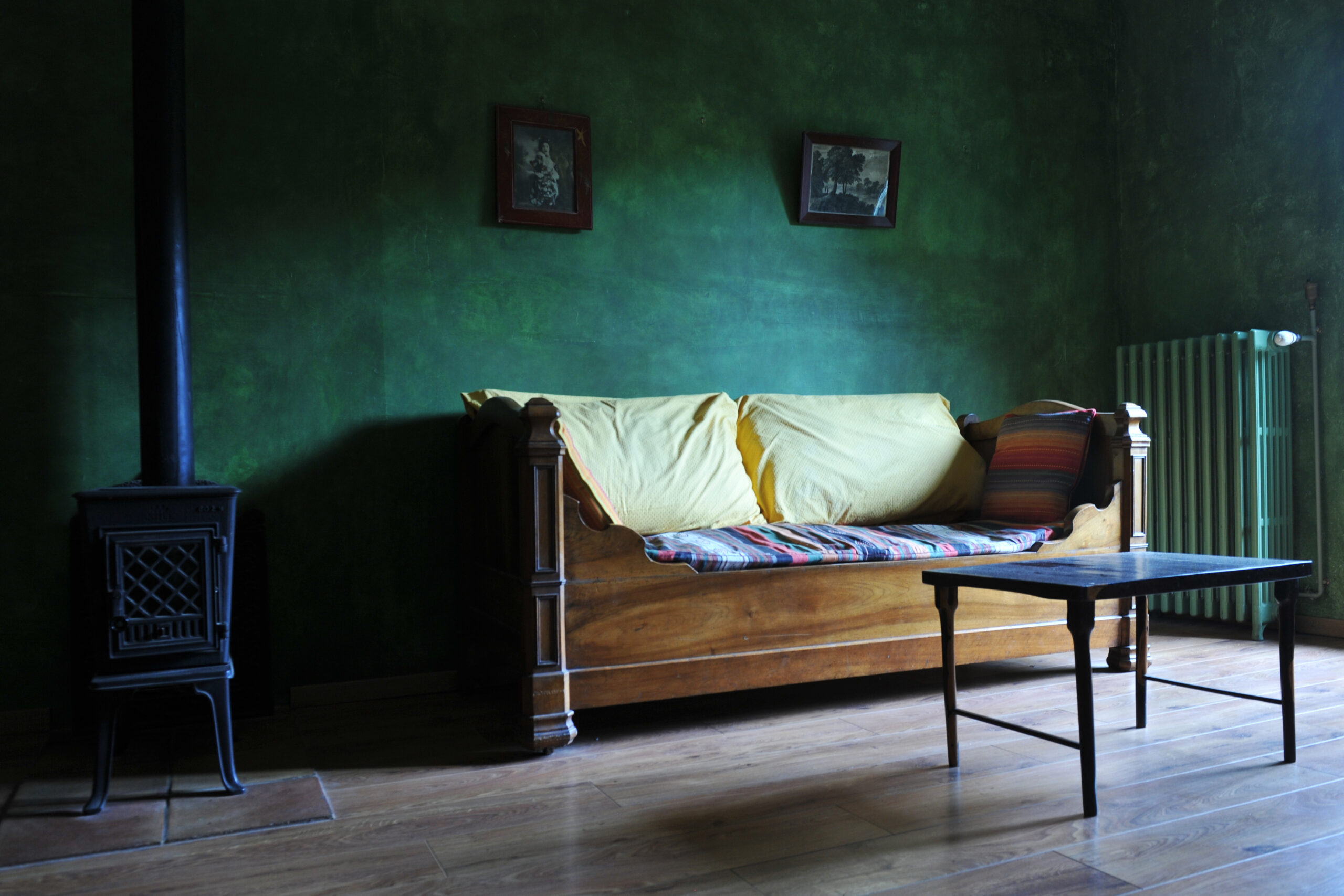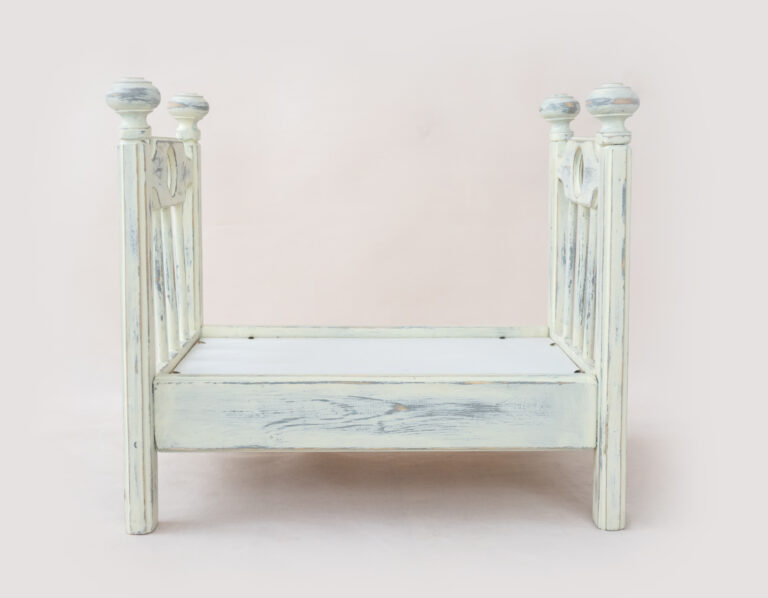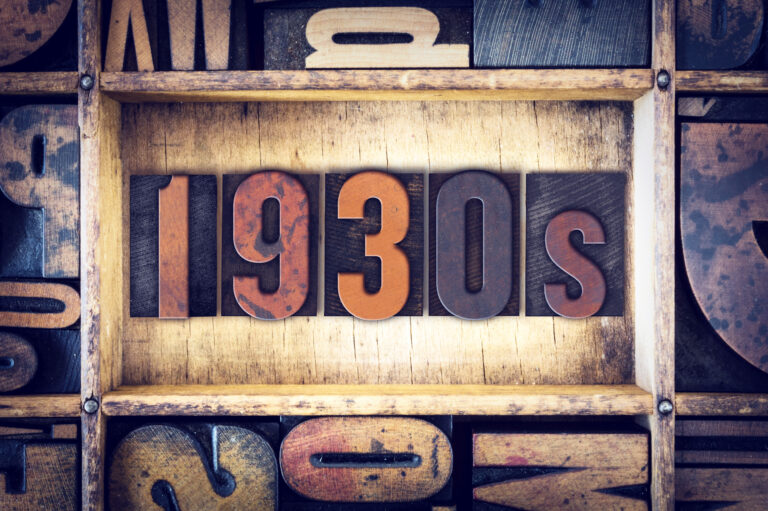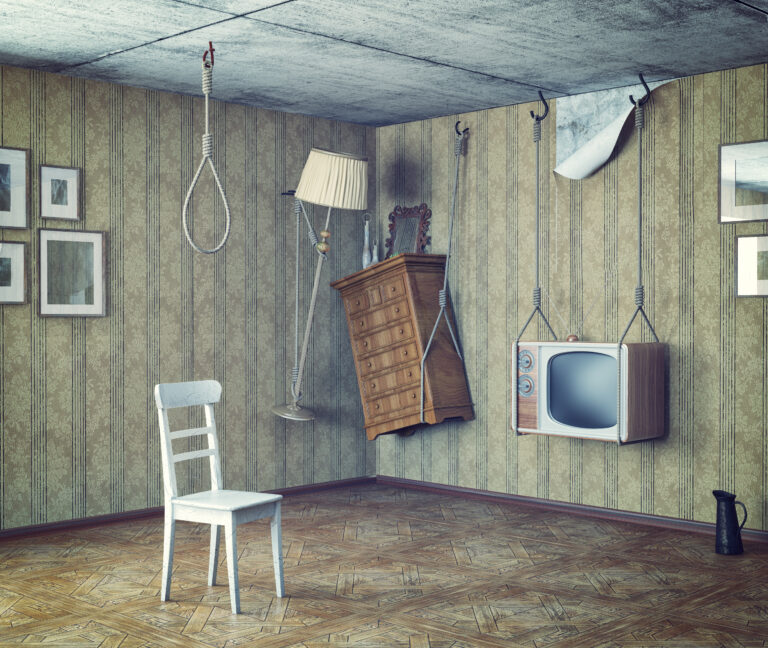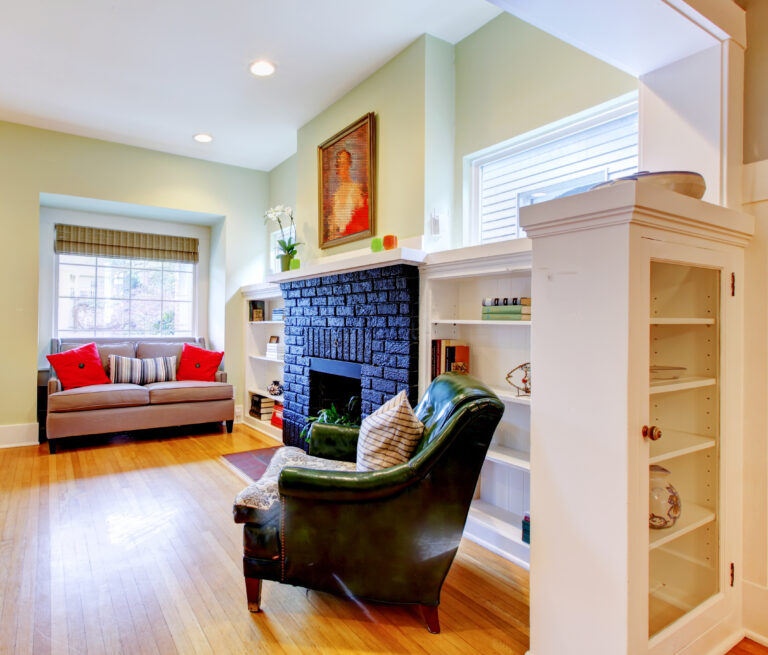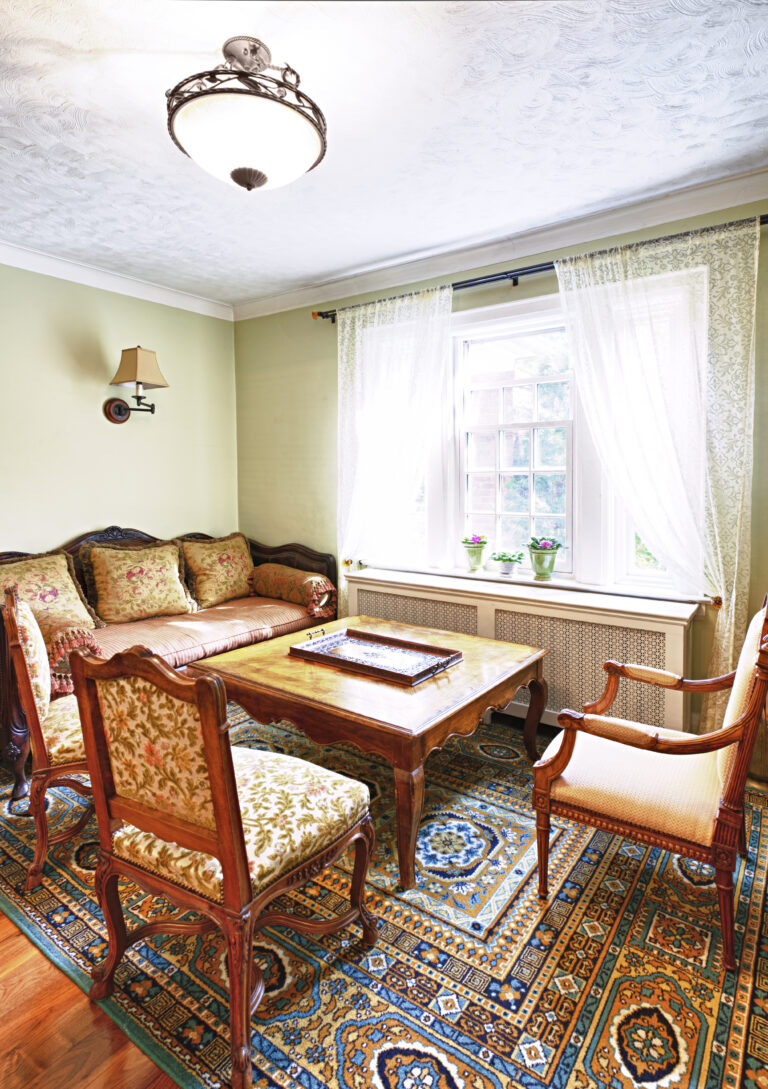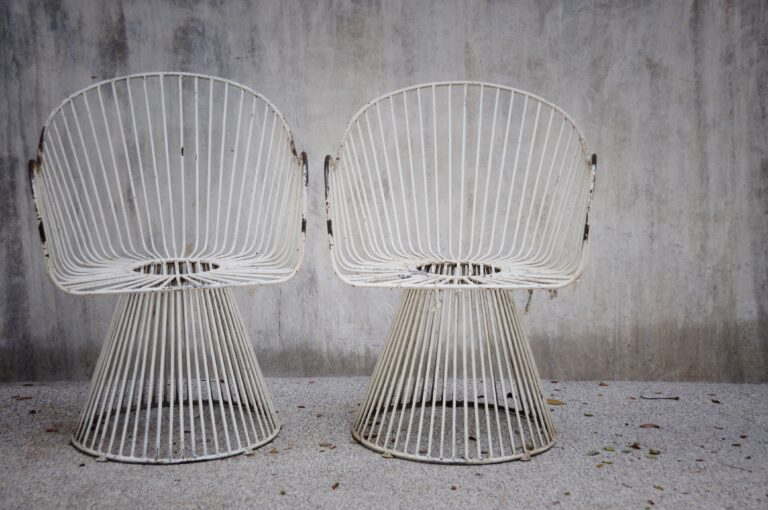1970s Furniture Styles – Discover, learn and emulate!
There is no doubt that the 1970s furniture styles were unique.
From the emergence of Mid-Century Modern to the bright colours and shag carpets, these styles still influence our home decor.
If you’re looking for an eclectic yet timeless style, look no further than 1970s furniture styles! We will explore aspects of this era, such as retro colour palettes, wall art pieces, and more – all with a modern twist that makes it perfect for any space.
With just one glance at vintage stores or online marketplaces like Etsy, it’s easy to see why people have become so enamoured with 1970s furniture styles.
So let’s dive into what made them so famous then and now!
Table of Contents:
1970s Furniture Styles – Mid-Century Modern Furniture
Mid-Century Modern furniture is a timeless style that has been popular since the 1970s. Its clean lines, organic shapes, and minimalistic design characterize it. Natural materials such as wood, leather, and metal are often used to create pieces that have an air of sophistication and elegance.
70s Dining room Chairs
The Eames Lounge Chair is one of the most iconic mid-century modern designs. This chair features a low profile with curved arms and legs made from moulded plywood or aluminium. The seat cushion can be upholstered in either leather or fabric for added comfort.
Another classic piece is the Barcelona Chair designed by Ludwig Mies van der Rohe in 1929 for the German Pavilion at the International Exposition in Barcelona, Spain. This chair has a steel frame with two X-shaped side supports connected by four horizontal bars, which support cushions upholstered in black leather or white vinyl for extra comfort.
70s tables
Isamu Noguchi designed the Noguchi Table in 1947 as part of his sculptural furniture collection called “Harmony”. It consists of three interlocking pieces:
- A base made from solid walnut or oak wood.
- An oval top made from marble, glass, and plastic laminate.
- An adjustable height mechanism is hidden underneath it to adjust its height according to your needs.
These mid-century modern pieces bring timeless beauty into any space while providing functionality and practicality due to their simple yet elegant design aesthetic. Whether you’re looking for something sleek and contemporary or something more traditional with vintage charm, these pieces will make your home stand out.
Mid-Century Modern furniture is a timeless style that has been embraced by many generations and continues to be popular today.
Now, let’s explore the classic shag carpeting of the 1970s.
Key Takeaway: Mid-century modern furniture from the 1970s is characterized by its clean lines, organic shapes, and minimalistic design. Key pieces include the Eames Lounge Chair, Barcelona Chair, and Noguchi Table, which provide timeless beauty while also providing functionality and practicality.
Shag Carpeting
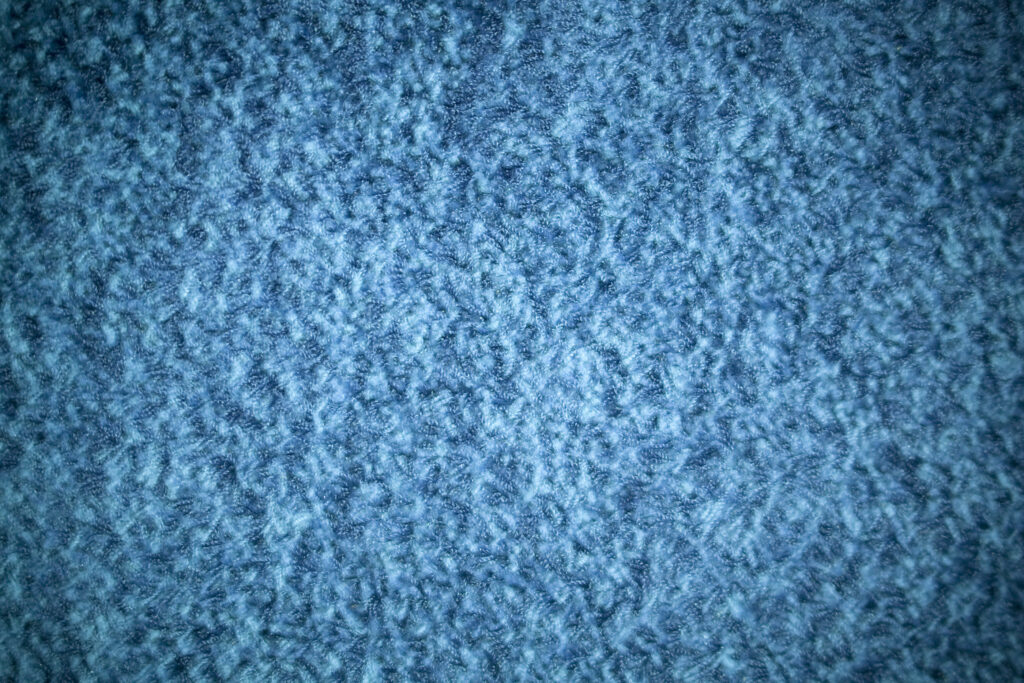
Shag carpeting was a popular choice for floor coverings in the 1970s. It was made from thick fibres, creating a soft and luxurious feel underfoot.
The colours ranged from bright oranges to muted browns and beiges, allowing homeowners to create unique looks with their decorating choices.
Best rooms for shag carpet
Shag carpets were often used in living rooms, bedrooms, and dens as an accent piece or to provide warmth during colder months.
The texture of shag carpeting makes it so desirable; the long strands of yarn give it a plush look and feel other types of carpets can’t replicate that.
This type of carpet also has sound-absorbing qualities, which make it ideal for areas where noise reduction is desired, such as home theatres or media rooms.
Additionally, shag carpets are easy to clean since dirt doesn’t get trapped between the fibers like other types of rugs or carpets.
When choosing shag carpeting for your home, there are several factors you should consider, such as color scheme, size, fiber type (synthetic or natural), pile height (longer piles will require more maintenance) and budget constraints.
This could be the perfect option if you’re looking for something bolder than traditional wall-to-wall carpeting. Its unique textures and vibrant colors will surely add character to any room in your house while still providing comfort when walking barefoot at night.
Shag carpeting was a popular choice for furniture decor in the 1970s, adding warmth and texture to any room.
With its bright colors and bold patterns, retro colors were also essential to creating a unique look during this era.
“Shag carpeting is the way to go if you want to bring some 70s vibes into your home. Get ready for a plush, sound-absorbing experience that will make any room feel like it’s straight out of the decade. #70sFurnitureStyle #ShagCarpeting” Click to Tweet.
1970s Furniture Styles – Retro Colors for home decor
The 1970s were known for their bold and daring color choices regarding furniture and decorating schemes. Bright oranges, yellows, greens, purples, pinks and blues were popular colors of the time that could be seen in upholstery fabrics, wallpapers, and paint colors.
These bright hues often made a statement in any room they occupied. Whether it was an orange velvet sofa or yellow patterned wallpaper on one wall of a living room, these colors had the power to transform a space into something unique and special.
Shades of colours
It wasn’t uncommon to see rooms decorated with shades of green or blue; many homeowners embraced the trend by using multiple shades of one color throughout their homes.
For those who weren’t quite ready to commit fully to such vibrant tones, there were plenty of options available, too – muted earthy tones like browns and tans provided an understated backdrop for other elements in the room while still providing some subtle pops of color here and there.
Neutral Tones for interior design
These more neutral shades also worked well with other pieces from different eras. If you wanted your retro-inspired sofa paired with mid-century modern chairs or accessories, this would have been possible without clashing too much visually.
Retro colors bring a bold and exciting touch to any room. At the same time, wall art can add a unique visual element to complete the look.
Lighting fixtures
The 1970s were a time of radical design and experimentation in furniture, extending to the lighting fixtures that adorned many pieces.
With the influence of postmodernism being felt worldwide, furniture from this era often featured eclectic shapes and bold colors, often combined with unique lighting fixtures.
Whether traditional lamps or more modern sconces, these light sources became integral in making 70s furniture stand out.
Key Takeaway: The 1970s were a time of bold colors and daring decorating schemes, with bright oranges, yellows, greens, purples, pinks, and blues often impacting any room. Neutral earthy tones like browns and tans provided an understated backdrop that could be paired with other pieces from different eras.
Wall Art

Wall art was an essential part of decorating in the 1970s. Many opted for large abstract paintings or prints featuring bright colors and geometric shapes to make a statement in their homes.
These pieces were often hung over couches, beds, and other furniture to add a pop of colour and texture to any room.
The most popular wall art at the time included psychedelic designs with bold patterns and vibrant hues that reflected the era’s love for all things retro.
Common decorations
Other common motifs included florals, landscapes, portraits, still lifes, animals, celestial scenes, and more. In addition to these traditional works of art, many modern interpretations, such as minimalist line drawings or simple typography-based designs, could be found on posters or canvas prints.
In terms of materials used for wall art during this period, metal sculptures were quite famous due to their sleek design aesthetic, which allowed them to blend into any space without taking away from their overall look.
Wood Carvings
Wood carvings were also commonplace as they provided a unique touch that added warmth and character while maintaining a sense of sophistication when paired with mid-century modern furniture pieces like armchairs or sofas.
Finally, it is worth noting that wallpaper was another great way to bring life into your home during this period.
Whether you chose something subtle like stripes or something more eye-catching like floral patterns, it was sure to add some personality without being too overwhelming.
Rattan furniture of the 1970s
The 1970s were a time of exciting innovation in home decor and furnishings. One trend that has continued to be popular in recent years is the 70s rattan furniture.
Rattan is a tropical palm tree with a long, slender stem often used to make wicker or woven furniture. This stylish and versatile material was used extensively throughout the 70s for its unique look and durability. It’s no wonder why this style continues to be popular today!
Rattan furniture from the 70s comes in all shapes and sizes, from chairs and tables to sofas and chaise lounges.
Even beds made of rattan are perfect for adding a vintage touch to any bedroom.
The intricate weaving patterns create attractive designs, while the wood’s natural finish adds an inviting warmth.
“Bringing the 70s back into your home doesn’t have to be a psychedelic experience. Wall art, metal sculptures and wood carvings are all great ways to add some retro flair without going overboard.” #1970sfurniturestyles #retrodecor Click to Tweet.
Faq’s of 1970S-Furniture-Styles
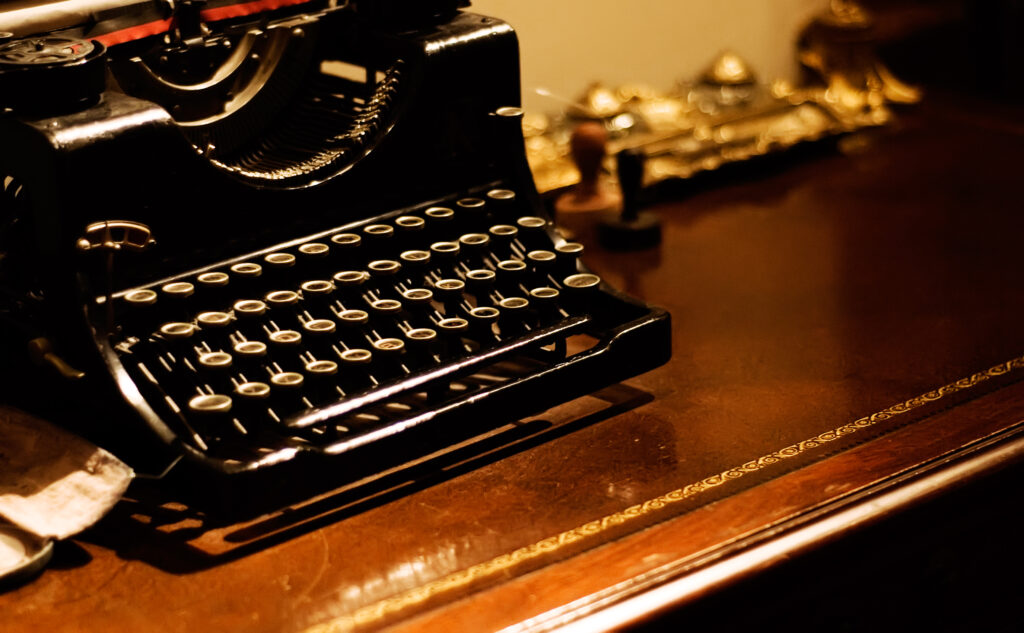
What is the 1970s Furniture Style?
The 1970s was a dramatic change in design, architecture and art, and it was an era that emphasized creativity, innovation and bold self-expression.
As such, furniture from the 70s is distinct in style, with its unique blend of modernism and traditional designs.
1970s furniture pieces are typically characterized by their geometric shapes, rounded edges and curvy silhouettes.
Bold colors like mustard yellow, burnt orange and avocado green were often used to give the pieces a vibrant touch. Other notable features included chrome accents on tables or chairs for added sophistication and wood panelling for a rustic look.
Additionally, materials like plastic laminates allowed for more fun and whimsical designs to be created during this time.
What were furniture styles popular in the 70s?
The 1970s were a time of bold design, with furniture styles that ranged from minimalist to maximalist. 70s furniture featured bright colors, unique patterns and materials like vinyl, plastic and chrome. Homeowners who wanted to capture the era’s look often chose pieces with curved lines and organic shapes.
Some iconic pieces from this decade include modular sectional sofas, wingback chairs, platform beds and mirrored cabinets.
Regarding color schemes, earth tones like browns and oranges dominated interiors during this period and futuristic metallics like silver and gold.
The 70s also saw increased handmade furniture crafted by local artisans using natural materials such as wood or rattan for a more artisanal look.
What was the design style popular in the 70s?
The 1970s was a decade of excellent design experimentation, as new technologies and materials allowed for the production of innovative furniture.
From the sparkly glamour of Hollywood to the opulent Bohemian style of the hippies, 70s design was all about creating a bold statement.
The 1970s saw an explosion in styles, from contemporary mid-century modern pieces to retro designs inspired by vintage looks.
A common feature across many 70s furniture pieces were organic shapes and curves; think curved backs on chairs and sofas as well as round tables and coffee tables.
What did 1970 furniture look like?
The furniture of 1970 was a reflection of the period’s attitude towards design and trends.
Characterized by its bold colors, geometric shapes and curved lines, 1970 furniture brought freshness to interior design at the time.
Popular shapes ranged from smooth arches to sharp angles; colors were often bright and vivid, mixing warm oranges, purples, and yellows.
The influence of Scandinavian minimalism also seeped into 1970 furniture designs with sleek silhouettes featuring light-coloured woods like maple or beech that had been widely used in the first half of the decade.
These tones were paired with more daring choices, such as brighter splashes of color found on accent chairs or cabinets.
The texture was also an essential element in 1970 furniture; fabrics were often chunky for comfort, while leather provided a luxurious touch to otherwise simple pieces.
What design era is the 70s?
The 1970s is known for many things, from the birth of disco music to the rise of bell bottoms and platforms. But what design era best represents this iconic decade?
The 70s saw an explosion of style, drawing inspiration from diverse sources to create something new.
This eclectic mix of fashion, architecture, furniture and more resulted in a distinctive look that is still recognizable today.
One significant influence on 70s design was the Pop Art Movement which began in Britain during the 1950s.
Pop Art took everyday objects and transformed them into art pieces by using bright colors and bold patterns.
This whimsical aesthetic could be seen in everything from clothing to homeware with lots of eye-catching details like stripes, polka dots and fluorescent shades.
What Colors Were Used in 1970s furniture?

The colour palette for 1970s furniture was vibrant and varied. Bright oranges, yellows and greens were popular choices and earthy tones such as browns or tans.
Floral prints were also standard during this time, with geometric shapes like circles or triangles used to create exciting patterns on upholstery fabrics.
What Materials Were Commonly Used in 1970s furniture?
Wood was the most commonly used material for furniture during the 70s due to its durability and affordability.
Other materials included metal frames for tables or chairs; plastic laminates for countertops; vinyl upholstery fabric; glass tabletops; rattan wickerwork accents; foam padding for seating cushions; acrylic paint finishes on wooden surfaces; cork flooring tiles etc.
How Did People Arrange Their Living Rooms During This Period?
Living rooms during this era often featured multiple seating areas arranged around a central focal point, such as an entertainment centre or fireplace mantelpiece.
Sofas would be placed facing each other, while armchairs would be situated near coffee tables to provide additional seating options when entertaining guests.
Accent pieces like rugs could also be added to define different spaces within the room. At the same time, artwork provided visual interest on walls throughout the area.
Wrapping up the 70s Furniture Styles
The 1970s was a time of great experimentation in furniture styles. From the sleek lines of mid-century modern to the bright colours and wall art, this decade saw some truly unique pieces that have become iconic today.
Shag carpeting also marked the era, creating a cosy atmosphere in many homes.
Whether you’re looking for inspiration or want to learn more about 1970s furniture styles, these elements will provide plenty of ideas and insight into one of the most memorable decades in design history.
Suggested Reading:
What Is Old Charm Furniture? The definite guide for 2023!
